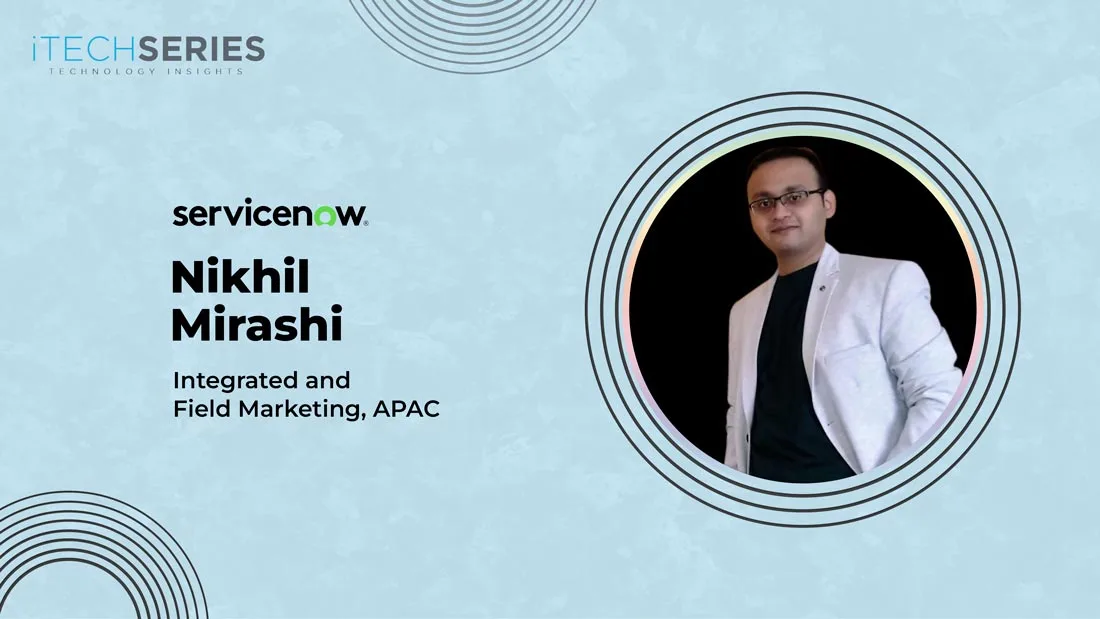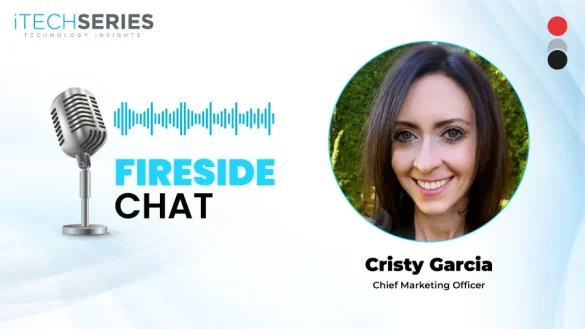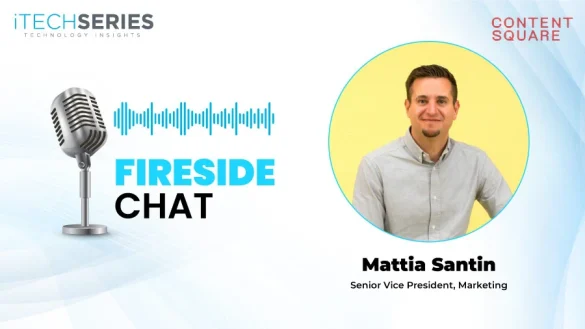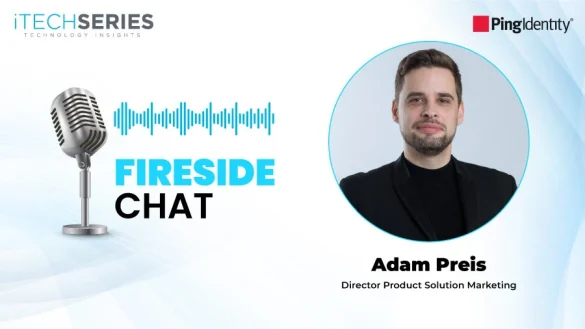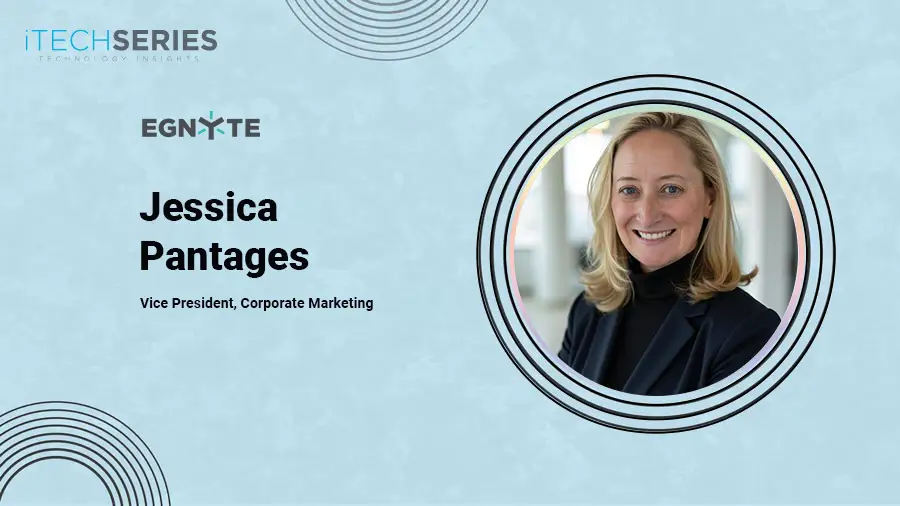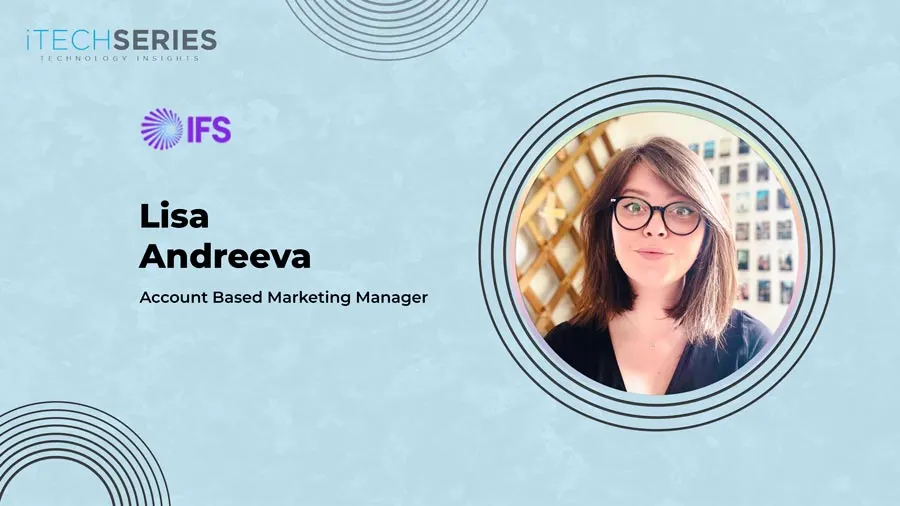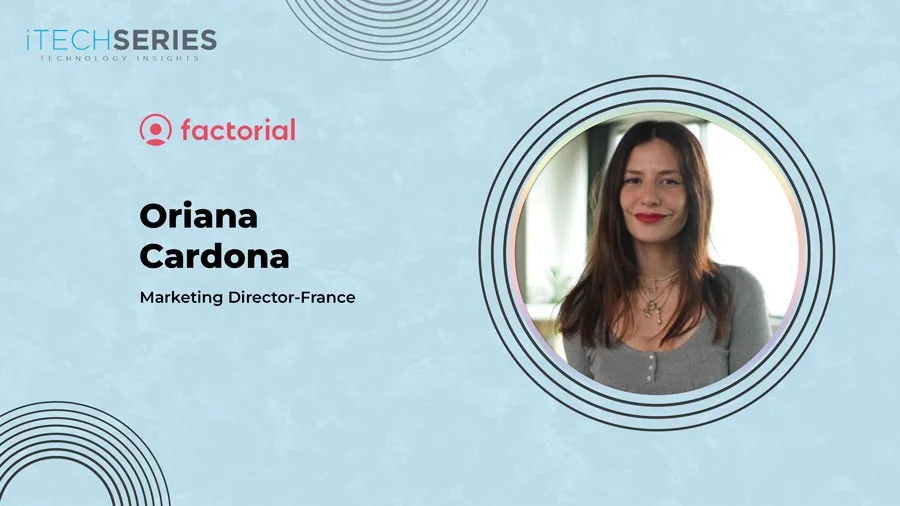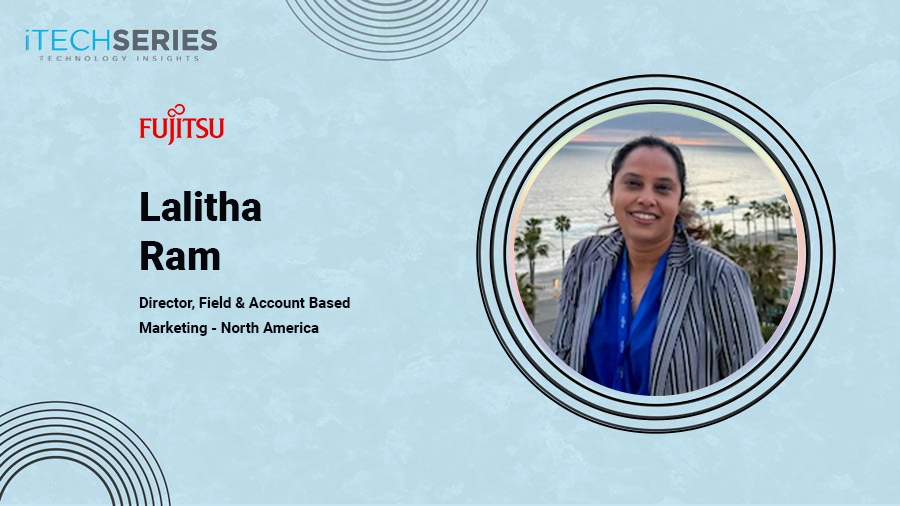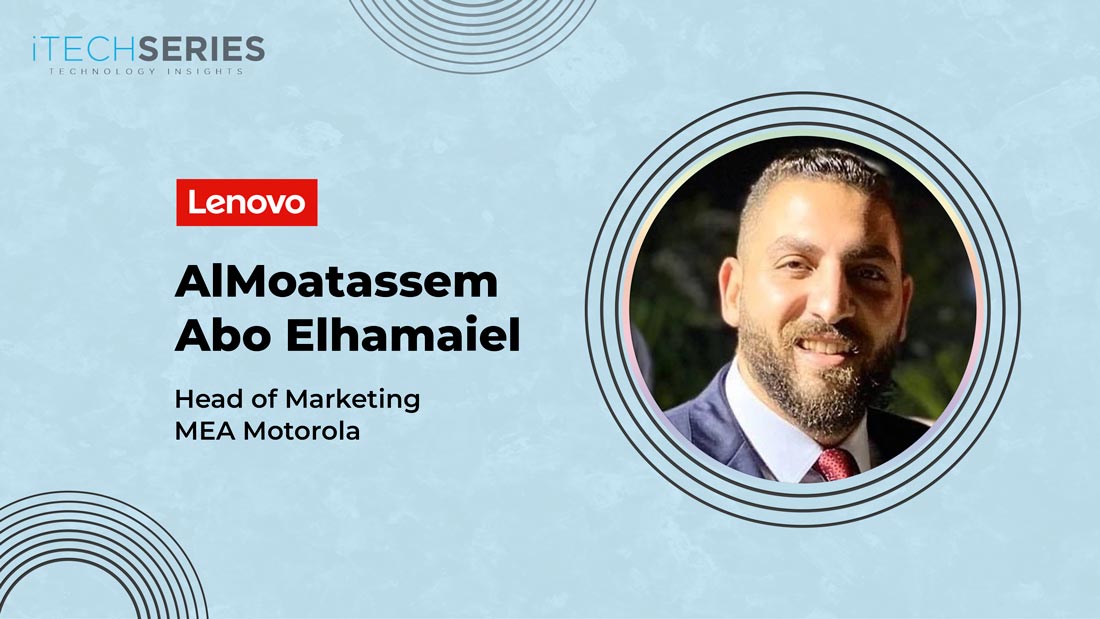Nikhil Mirashi, a marketing expert with over 13 years of experience in B2B SaaS marketing, discusses the evolving alignment between marketing, sales, and customer success, the importance of regional marketing strategies, and how to incorporate AI without losing the human element in marketing.
Welcome to the interview series, Nikhil. Tell us about yourself and your marketing leadership journey.
Thanks for having me. It’s a privilege to share my thoughts with your audience.
To begin with, I am a through and through marketing generalist. I come with 13+ years of professional experience with 10+ years in B2B software / SaaS marketing. In my own “overhyped” words, I have 360-degree exposure to marketing, which includes regional, product, growth, and field marketing. I have worn many hats, including devising marketing strategies, managing GTM with alliances and partners, conceptualizing marketing campaigns, orchestrating end-to- end events, and sales enablement.
In addition, I have also dabbled in product marketing where I was involved in new product launches, value proposition development, positioning & messaging, sales enablement, and integrated marketing. I have also enjoyed public speaking and networking addressing external audiences in seminars, events, or conferences!
Currently, I am part of the APAC Integrated and Field Marketing team at ServiceNow.
In my last role, I led marketing for the Middle East and Africa region at MoEngage, acting as the mini-CMO for the region. Earlier at CleverTap, I was the Regional Marketing Director for India, responsible for brand awareness, go-to-market, field marketing, ABM, and demand generation for the region. Before that at Freshworks, I was the product marketer for their customer success solution, owning messaging, feature launches, collateral development, onboarding email journeys, sales enablement, and customer marketing. In my previous stints at Dista and CloudMoyo, I have built the marketing function from scratch, reporting to the CEO. My other experiences include Icertis (field marketing), Cognizant (pre-sales), and NIIT (B2C marketing).
Academically, I did my mechanical engineering from the College of Engineering, Pune (COEP), and a full-time PGDM from SPJIMR, Mumbai. I am a book lover, a big fan of test cricket, a foodie (though vegetarian + teetotaller), love luxury travel (have been to 19+ countries), and adore superhero stuff (like Marvel).
I stay in Pune and am super active on LinkedIn. Academically, I did my mechanical engineering from the College of Engineering, Pune (COEP), and a full-time PGDM from SPJIMR, Mumbai.
From the perspective of revenue team alignment, how has the role of marketing evolved and become more interconnected with sales and customer success teams?
Traditionally, marketing was seen as responsible for generating leads and building brand awareness, while sales and customer success teams managed deal closures and customer retention. However, in recent years, there has been a shift toward a more integrated and collaborative approach, where marketing, sales, and customer success work in sync to drive growth and enhance the customer journey.
For a marketer, sales are the primary and most important stakeholder. Sales and marketing alignment is critical for the success of a B2B organization. So enabling sales in their goals is the biggest thing on a field marketer’s plate.
For example:
- Is it brand awareness that they feel is missing?
- Is it closure that they struggle with?
- Do they need more help on certain sets of accounts?
- Do they need any content to assist in active opportunities?
- Do they need to discover new accounts /leads in any market?
And so on.
The adoption of Account-Based Engagement (ABX) has fundamentally altered how marketing and sales work together. ABX focuses on identifying and targeting high-value accounts through coordinated efforts across marketing and sales. This requires tight alignment between marketing’s outreach and sales’ follow-up. Creating highly account or cluster specific campaigns in collaboration with the sales team fosters better collaboration and communication between teams.
However, apart from sales, partnerships, SDR and customer success are the other key stakeholders
Sales Development Representatives (SDR):
- Marketing can help SDRs tailor their outreach efforts, which can lead to more effective lead qualification and a higher conversion rate.
- Marketing can help SDRs with content relevant for various leads they are pursuing and also use SDRs as a medium to distribute content, engage on social media, invite people for events and seek their inputs from discovery / qualification calls.
Collaborating with SDRs on content creation can yield powerful results. SDRs are on the front lines and have firsthand insights into the pain points and objections voiced by potential customers. By utilizing their feedback, marketers can create more targeted and effective content that speaks directly to the prospects’ needs:
- Partnerships – With the alliances teams, marketing can plan co-marketing or joint GTM activities, host or sponsor events together, collaborate on content creation and distribution and so on. For channel partners, equipping them with the best assets so that they can effectively help in selling is another thing that field marketing can help with.
- Customer Success – With customer success, apart from advocacy, marketers can help in expansion and retention, i.e. cross-sell, up sell, adoption, and retention. In this bucket, there is everything related to marketing to the customer (newsletters, product round ups, expansion campaigns, user conferences etc) and marketing with the customer (reviews, case studies, testimonials, videos, win stories, content).
“For a marketer, sales are the key stakeholder, and aligning sales and marketing is crucial for B2B success—enabling sales to achieve their goals is a top priority for field marketers.”
Given the central role of field marketing in your position, how do you prioritize which channels or events should receive marketing budget allocation?
The best answer is – Depends
Channels and budgets are based on maturity, priority, geo, audience, and goals (overall as well as campaign level).
It’s important for Field Marketers to continuously monitor and adjust their budget allocation based on the performance of various marketing initiatives, shifting market dynamics, and evolving business priorities. Flexibility and adaptability are key in optimizing budget allocation for maximum impact.
Before starting the budgeting, you need to evaluate your current performance and results. This will help determine where you need to invest more or less in your field marketing activities.
Something very important to consider is to go beyond metrics and look at people at the initial stage: what are your field people feeling the need for? What do they bring you in terms of news that were not contemplated in the initial planning and why were they not contemplated?
Something else to consider is the competitive landscape and any new forces impacting your industry.
Determine goals – overall and for specific markets/segments. You can set goals that focus on more sales, increasing leads, getting followers, increasing traffic, brand awareness, and so on.
The activities or channels and their spending will depend on this.
For example- Let’s say that in a mature market like UAE where I have a decent customer base, I would spend less on top-of-the-funnel activities and go for account specific, niche events and activities meant to engage these accounts. However, for entering a new market like South Africa, I’d spend more on generic search and display as well as trade shows. Spending on own brand keywords might not help as there won’t be sufficient search volumes for the product.
Tip: Keep buffer for experiments, unplanned overages, ad-hoc, and last-minute items as well.
As a marketing leader, what challenges arise when aligning marketing programs across different regions or countries?
Aligning marketing programs across different regions or countries comes with its unique set of challenges. Even though companies might have regions such as APAC, MEA, EU, etc, one size doesn’t fit all. Marketing strategies that work in one sub-region or market do not necessarily work in another due to cultural nuances, maturity, buying patterns, consumer behavior, and local customs. Add regulatory and compliance related stuff and that adds to the complexity. Some regions may require more investment in brand awareness, while others might need more in customer engagement. Time zones, languages, and working styles can complicate coordination across global teams. Ensuring seamless communication is essential but challenging.
An example here would be at MoEngage, where our audiences in the US or India were tech savvy and very mature around AI and new features. The kind of consultative selling or use-cases were very advanced. However, emerging markets like the Middle East were still at a beginner level, where basic automation and digitalisation of manual disparate processes were the main themes.
How do you strike a balance between data-driven decision-making and experimenting with creative campaign ideas and channels?
Set aside a portion of your budget and time specifically for creative experimentation. This ensures creativity is part of the strategy, not an afterthought.
Encourage your team to propose bold ideas. Do not shoot them down and allow trials with ‘fail-fast’ approach. Create an environment where experimentation is welcomed and failures are seen as learning opportunities.
Start with small-scale pilots to test creative concepts. Use data to evaluate their effectiveness before a full rollout.
Let’s say, run a small, creative campaign using humorous explainer videos, experimenting with short, engaging content tailored for a platform. The goal is not immediate ROI but understanding how to tap into new audiences and brand awareness.
Example: B2B enterprise software companies have rarely used creative freedom but we piloted certain experiments like a comic book for Ramadan, social media creatives around Spooky Halloween , Harry Potter, as well as OktoberFest but all related to our domain.
What metrics do you use to evaluate the success of your marketing strategies, and how do you adjust your approach based on performance analytics?
Different organizations have different metrics. But to me, pipeline and/or revenue should be the north star metric. The pipeline should be a combination of marketing sourced as well as an overall regional pipeline because marketing touches every function and every stage of the buying cycle. When looking at pipeline, slice and dice it by source, industry, country, segment, ARR value, people involved, and any other company specific fields.
At a deeper level, marketers need to look at leading metrics like leads/funnel (High Intent (HI) MQLs, SQL, Opps), conversions, sales cycle, win/loss reasons, customer retention (NPS/NRR), brand search volumes, content consumption and so on. These help in deciding the overall strategy and also identify gaps.
An example: Say UAE is a mature market for me where I might need to ensure that lead count stays stable while we work more on the bottom of funnel metrics like conversion and ARR value. However, for a newer market like South Africa, we would focus on top-level metrics like brand search volumes, MQLs and plan activities to support the improvement of these.
How can a company tailor their messaging and content to resonate with different regional audiences?
Tailoring messaging and content to resonate with different regional audiences requires a deep understanding of local cultures, preferences, and nuances.
- Market nuances: to understand the cultural, demographic, and socio-economic characteristics, maturity, buzzwords/terminologies, local trends, traditions, values, and preferences.
- Localization: Develop content that is relevant to the audience – language, tone, imagery, and references to align with local customs and traditions.
- Messaging: Tailor messaging to address the unique pain points, aspirations, and priorities of each regional audience. Highlight how the company’s products or services can solve local challenges or enhance the lives of consumers in that particular region.
- Incorporate local success stories, brand names, people, organizations.
- Localization of Visuals and Graphic and avoid any cultural sensitivities or taboos.
- Distribution: formats and channels that make sense.
What advice would you give to marketers looking to incorporate AI-enabled tools into their martech stack?
Currently, I feel there is a limitation to fully relying on AI especially in creative or dynamic function like marketing.
My mantra is to strike a balance.
I like to say – Use AI for Automation, Keep Creativity Human.
I prefer the use of AI in martech without losing the human element of marketing. For instance, leverage AI for routine tasks like data analysis, customer segmentation, and campaign optimization, freeing your team to focus on strategy, storytelling, and creative execution. AI can handle scaling and efficiency, but human creativity is still key to crafting meaningful and engaging brand experiences.
Example: Use AI to automate social media post scheduling or email targeting, but let your marketing team develop compelling content and brand messaging.
ServiceNow is a leading American software company that helps organizations streamline digital workflows. Based in Santa Clara, California, it offers a cloud-based platform designed to enhance operational efficiency across IT service management, risk management, compliance, and more. ServiceNow supports smarter, faster business processes. With innovative features like generative AI and interconnected modules, the platform empowers companies to optimize operations, driving agility, innovation, and improved customer and employee experiences worldwide.
Nikhil is an experienced marketing leader with over 13 years in B2B software and SaaS marketing. Currently part of the APAC Integrated and Field Marketing team at ServiceNow, he has a diverse background across industries, including life sciences, martech, and AI. Nikhil specializes in field marketing, product launches, go-to-market strategies, and sales enablement. With a PGDM in Finance and a Mechanical Engineering degree, he brings a well-rounded approach to marketing, enriched by roles at MoEngage, CleverTap, and Freshworks.

